BY BRIAN FRANK
There has been a debate going on in the sports nutrition industry for the past 25+ years. The opposing sides consist of the high sodium advocates and the low-sodium advocates. Until 1996, high sodium advocates had the stage all to themselves with an abundance of sweat studies to point to as evidence to support their side. Leading the low sodium side, we had a lot of anecdotal information from athletes, but not much more. That’s all changed, and I’m happy to share this exciting new data today. You significantly improve your ability to tolerate heat stress by lowering dietary sodium intake!
With the introduction of Hammer Nutrition’s Endurolytes® formula in 1997, a full-spectrum, all-chelated, proportionately balanced electrolyte replacement supplement, athletes finally had an alternative to the “salt pills” and the idea of consuming massive amounts of dietary sodium.
Being an innovation- and education-centric company, we introduced this innovative and revolutionary product in 1996 and began educating endurance athletes about the perils of a high sodium diet and high sodium replacement during heat stress exposure. The science supporting the myriad health benefits of eating a low-sodium diet, as well as the negative health consequences of eating a high sodium diet, is overwhelming and convincing: High sodium diets have long been associated as direct or supporting causes of high blood pressure, heart disease, and many other medical conditions prominent in this and most other western countries.
Despite all of this data, high sodium advocates somehow reason that if you are an endurance athlete exercising in heat stress environments, somehow magically sodium is now your friend, and you should consume it freely all the time. Wait, what? Perhaps it’s my bias, but I’ve always found this illogical argument to be laughable and totally indefensible.
The sodium debate also brings a whole series of questions with it such as: Are some athletes naturally prone to high sweat rates when exercising in heat? Are some athletes also naturally prone to hemorrhaging large volumes of sodium during exercise in heat, when others do not?
More importantly, can an athlete who has historically shown excessively high perspiration rates and sodium losses change these tendencies through dietary intervention or any other means? To me, this is the “$64,000 question!” And surprisingly, one that not very many people are interested in answering.
Historically, if you did an event in the heat and you had cramps or other heat stress related illness, conventional wisdom said you didn’t drink enough and you didn’t consume enough sodium, so the next time just take more!
This vicious cycle of confusion around the cause and effect of high sodium intake caused more than a few athletes to suffer terribly during and after their hot events—the pain and suffering of cramps and GI distress as well as IVs in arms and trips to the hospital for hyponatremia.
Amazingly, this is still what some so-called experts in the high-sodium camp, which includes most competitor sports drinks and products, are still telling athletes today.
Conversely, we have argued since the 90s that an athlete’s sodium losses and perspiration rates during exercise are nothing more than a reflection of their recent dietary sodium intake habits—high sodium diet begets high sweat rates and large sodium and therefore high losses during intense heat stress exercise. Just like they used to say at IBM, “GI-GO: garbage in garbage out.” I like the IBM analogy for sodium because it puts it in proper context, the more you consume, the more you will excrete.
Over the past 25 years, we have worked with thousands of athletes and have seen the universal reports coming back—lower dietary sodium reduces perspiration rates and electrolyte losses during intense heat stress events, allowing the athlete to perform to their true potential despite intense heat and humidity. “But where’s the data?” the skeptics ask, as they munch on a bag of salty chips.
Unfortunately, in the 90s and up until very recently, no data existed to support our position. No study that I have found sought to prove or disprove this hypothesis. One would need to take a group of athletes, establish baseline data, go through significant dietary modification, reducing sodium and sugar intake, and then post testing.
On the other hand, the high sodium camp can refer dozens of sweat studies in which perspiration rates and sodium concentrations were measured in athletes performing tests to exhaustion in laboratories. What did the athletes eat for days or weeks before they did the tests? Doesn’t matter according to the high sodium camp.
Quite possibly an even bigger flaw in these studies than not recording or even considering an athletes dietary sodium intake prior to the test, is that they conclude that just because you lost X amount of sodium during a one-hour heat stress test, that you will continue to lose that same rate of sodium on an ongoing basis during multiple hours of competition. Wait for it…And thus, your sodium intake during exercise should match this number!
Ricky Taylor’s Post 12 Hours of Sebring race report
“During the race, the intensity of the race was high, the car wasn’t very easy to drive, all drivers were struggling with the car balance. However, physically, all of us felt very strong. I started with three stints and could’ve gone for a fourth but our strategist made the call for a change. Every driver took a ‘bomb’ on each stop and all reported they felt surprisingly fresh in the car and we all ended up doing more stints per cycle than anticipated. This meant we had more recovery time and less times cycling through the car with less driver changes. It was actually so few driver changes that we cut out almost an entire cycle and for my first time ever in Sebring, we each only drove the car two times. Normally we could mark down the lower fatigue levels to the car being easy to drive or the conditions being colder or the race being low pressure, but none of those were the case and all three drivers felt as fresh as ever. We even spoke to each other during the race, surprised how we were feeling in the car that we were going so much longer than previous years.” – Ricky
TESTING SODIUM CONCENTRATION WITH ENDURANCE RACERS
Enter the Wayne Taylor Racing IMSA team which competes at the highest level of endurance racing in the United States in events such as Rolex 24 Hours of Daytona, 12 hours of Sebring, and the 10-hour Petit Lemans event. Being the most innovative and forward-thinking team in the paddock, they have a driver science program. It took a racecar team with big budgets and lots of technology to open the door for us to address our position with scientific data. In their pursuit of victory, nothing is left to chance, everything is examined under a microscope to remove any variable or weakness that may make them less competitive. Which is why WTR has had a formal Driver Science program in place since 2016. Part of the program uses patented technology a company called CoreSyte. According to their web site, “CoreSyte designs, develops, and manufactures real-time, non-invasive digital sweat patches which measure total fluid loss, sodium loss, and potassium loss for an athlete.” You can read further about this technology and company on their website.
This finally gave us the opportunity to gather empirical data to verify what we have been seeing anecdotally with athletes for decades. One of their drivers, Ricky Taylor, is an extremely gifted athlete and race car driver. However, when I met him in 2019, he was having severe difficulty with the heat stress situation during these endurance races. Primarily, suffering excessive fluid and electrolyte losses.
As is the case with all athletes I assist, Ricky and I spoke for a long while and I asked him quite a lot of questions about his diet, training, and hydration practices to understand exactly what information he was pivoting from and his mindset. Once I explained everything to Ricky in great detail, he was fully committed to my idea of rebuilding his diet without excessive sodium and sugar. After all, the high sodium approach he had been following up until now then was certainly not working.
As Ricky will concur, it took him several months and much dedication to learn, practice, and enjoy this new way of eating. However, the results he began noticing within a short period of time provided him the necessary encouragement and reinforcement to continue with his new diet.
In addition to anecdotal feedback, we had the opportunity to use CoreSyte’s technology that allowed us to measure the sodium concentration in his perspiration. This was coupled with a somewhat low-tech method of measuring and tracking his pre-and post-driving stint body weights: getting on a scale wearing just underwear (their driving suit and helmet absorb most of the water being lost). Since they had already begun accumulating this data prior to introducing any Hammer products or diet modification, we had baseline data. This allowed us to measure the change in his fluid loss and sodium concentration in his perspiration after over a year of using Hammer products and consuming a low sodium diet.
Shortly after winning the 24 Hours of Daytona in January 2021 the results were in: fluid loss was reduced up to 25%, while sodium losses were reduced up to 40%!
Specifically, Ricky recorded a 20-25% reduction in fluid loss, and a 33-40% reduction in sodium concentration in his perspiration! The reason for the range in numbers is due to the continuous monitoring and accumulation of data over a period of hours in the car.
CONCLUSION
This is not small or insignificant by any means and affirms what we have been saying for decades: You can and will improve your ability to withstand heat and humidity during endurance exercise by reducing your daily sodium intake! Consider all the health benefits of a low sodium diet to be just the “side effects,” if you like. Just another really, really good reason to adopt this wisdom.
Salt lovers can argue (and will) that this is just one, non-double-blind controlled study and doesn't prove our position. This study is directly supportive of all scientific discovery regarding the long-term negative health effects of consuming a high sodium diet.
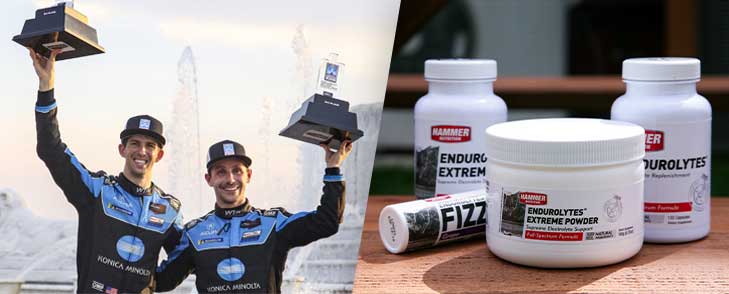


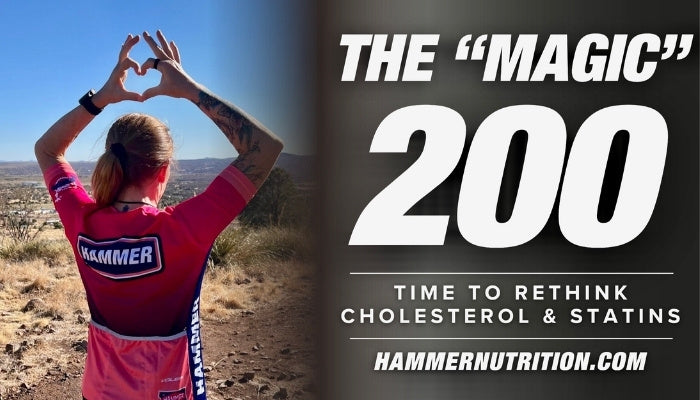
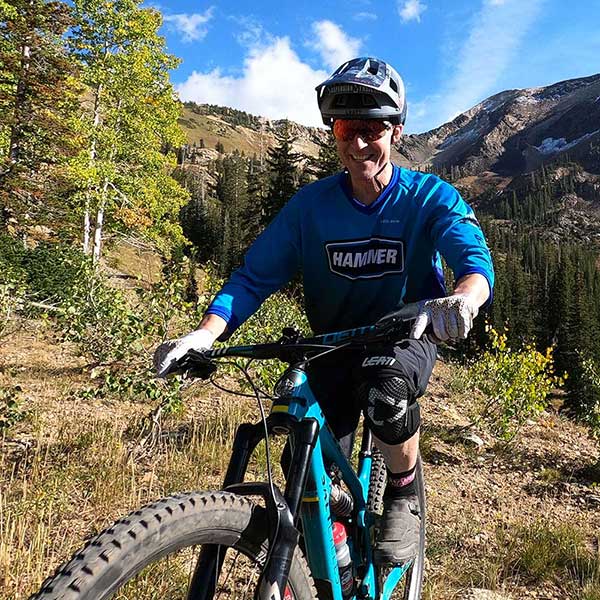
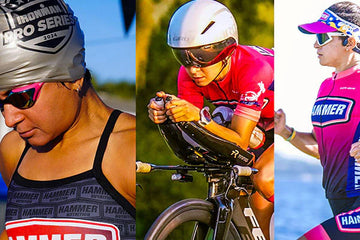
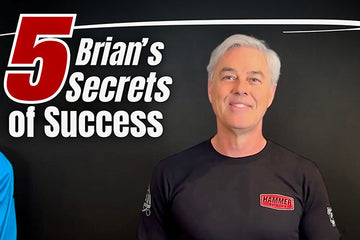
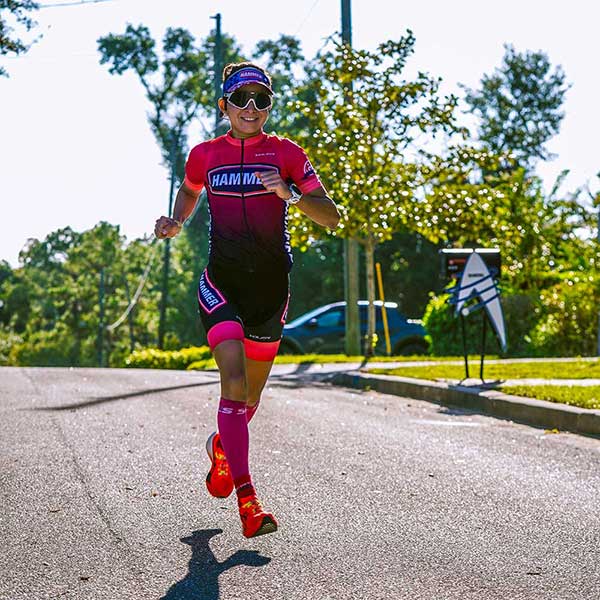
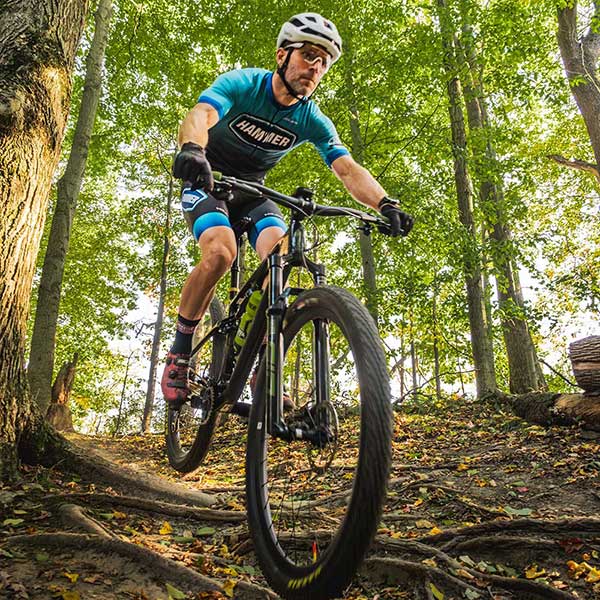


1 comment
Brian, By way of background, I am 75 yrs of age, weigh 171 lbs and ride approximately 5,000 miles a year. Did mostly crits and TT’s in my Masters racing earlier in my life and still jump into a few races on Zwift but now do mostly longer rides like 35-45 miles with a few century rides a year. I have always avoided salt in my diet, never seasoning those things I prepared, probably one of the reasons that I have 115/74 BP readings. I am definitely a heavy sweater. On longer climbing rides, like the 7,000’ + climb on the Whistler event i was drinking alot of HEED and PERPETUEM but I forgot to bring my Endurolytes Extreme along. I was definitely cramping alot near the end of the climb, which seems to be the norm for me on most extended climbs. Also, when I used to to a lot of Crits and sprinting, cramping was always an issue. The STP (Seattle to Portland) 207 mile ride in a day also resulted in severe cramping the last 30 miles. Companies like Precision Hydration would most likely tell me that I need to have my sweat tested and confirm that i was shedding too much sodium in my heavy sweating. My short term plan is to really test the Endurolytes Extreme to see if that is the missing link before jumping on the A LOT MORE salt is the solution bandwagon. Perhaps you can appreciate the frustration for those of us who don’t know who or what is right. Based on my propensity to always cramp and sweat a lot even with good electrolyte consumption, how do I best use the Endurolytes Extreme product under those circumstances. Thanks again for all your great products and support for ChristianCycling.org. Your expertise and passion for helping performance athletes is greatly appreciated.
———
Hammer Nutrition replied:
Hello Bryan, Thank you for your comments, kudos and questions! You are certainly not alone in pursuit solutions to heat stress/cramping/electrolyte management. I’m reading between the lines and see a bit of opposing ideas to consider and I think you are much closer to your goal that you may think. First of all, let me agree that sweat tests are a complete waste of time and money – they simply provide a “look back” of dietary sodium intake over the 3-4 prior to the test. Second, it’s important to remember that our body cannot manufacture sodium, it can only absorb it from dietary intake. Third, when we some someone with a high sweat rate, propensity to cramp and likely salt crust build up on skin/clothing, this is proof of high sodium intake. Fourth, HEED nor Perpetuem are intended to or provide all of one’s electrolyte needs during prolonged exercise, so separate, gradual but steady electrolyte replacement is necessary. Fifth, sodium and electrolytes should not be consumed until you begin exercising – none the night before, none the morning of, wait until you start pedaling. This means NO LOADING in the days before the event.
At your weight, your sweet spot for extended rides, PER HOUR is: 12-20 oz of water, depending on temps, 170-180 calories from perpetuem, maybe some gel after 4-6 hours to change things, but still no more than 180 cal/hour total and 1-3 Endurolytes extreme per hour, start low and build as fatigue, depletion and heat increase – with first dose taken 30-45 minutes after you start pedaling, increase to 2 caps per hour after 3 hours or so, increase from there if needed towards the end and keep taking until you finish to avoid having even a tiny cramp. Please let me know if you have any more questions or would like to discuss this further via email or phone. BDF